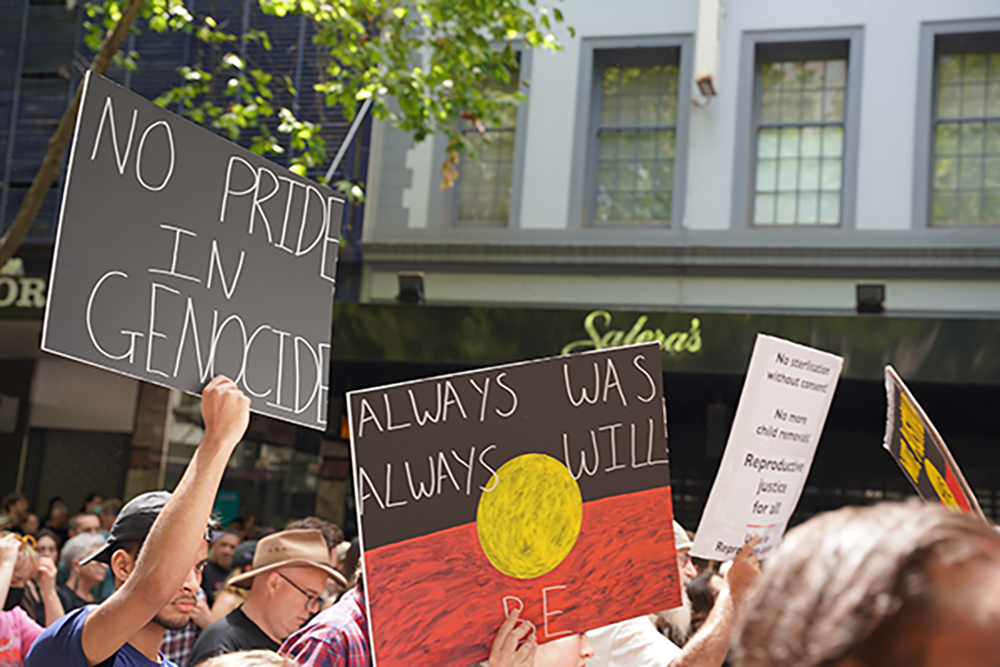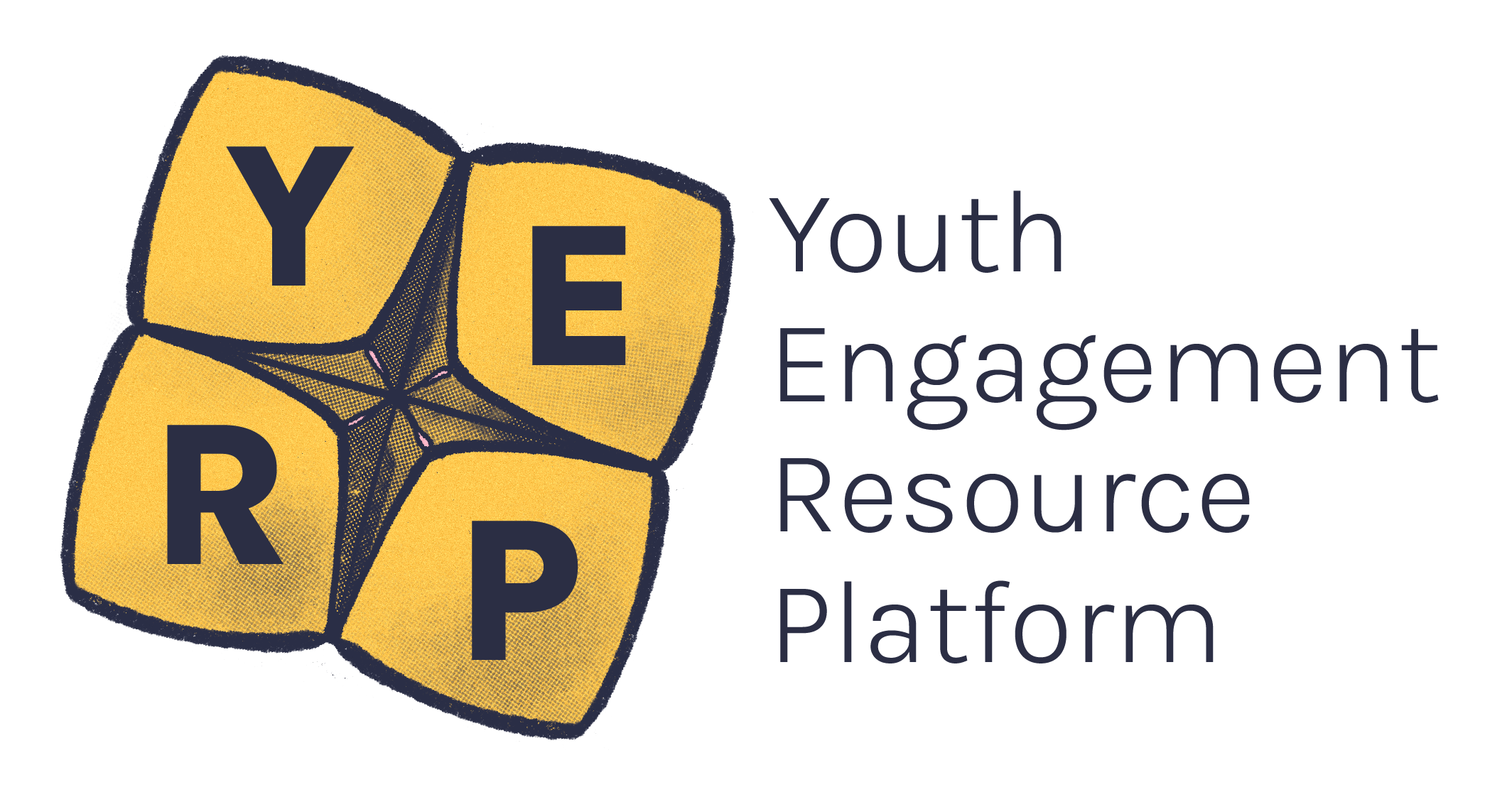If you’ve been tuning into politics in the last six months, you may have heard that Australia will be voting on a referendum for an Indigenous Voice to Parliament later this year.
Between seemingly endless debates in the media, and the information overload of the internet, it can be challenging to understand exactly what we’re voting for.
The Voice to Parliament
When you hear ‘The Voice’, you might think of a certain reality show where celebrities sit in red chairs and press their button when they hear someone sing.
This Voice is very different, and much more important.
The Voice to Parliament would be a group of elected Aboriginal and Torres Strait Islander peoples, who would give advice to the Australian Parliament on matters that relate to their own communities.
These may include matters such as health, education and employment - all these (and more) are the sorts of things a Voice could make direct change for.
The idea of the Voice came from a large meeting of 250 Aboriginal and Torres Strait Islander community leaders, who met in Central Australia in 2017 and signed the historic Uluru Statement from the Heart.
“We seek constitutional reforms to empower our people and take a rightful place in our own country. When we have power over our destiny our children will flourish.”
The Voice is a form of representation many Aboriginal and Torres Strait Islander peoples have chosen for themselves, and it is a step towards greater self-determination.

Self-determination means people have choice in determining how their lives are governed. They participate in decisions that affect their lives, and group identities are formally recognised.
Why a referendum?
We haven’t had a referendum since 1999, so many people might be unfamiliar with what the process involves.
The Australian Constitution is the founding document of our nation, that lays out the powers of Parliament, the Government, and the Courts. A referendum is a national vote used to make changes to the Australian Constitution. This process ensures the Constitution can only be changed with ‘the approval of the people’, in the most democratic way possible.
Think of the Australian legal system as an old house, built in 1901 when the country was federated.
Politicians make changes to the rooms every year, from major renovations like building granny flats and new extensions, to smaller decorations and modern upgrades.

Overall, since 1901 the foundations of the house have remained almost the same.
Changing the constitution is kind of like changing the foundations of the house.
It’s much more permanent, requires deeper consideration from all parties, and from the outside, the house might not look much different.
But these changes are important, they are often on matters considered crucial in our democracy.
Once enacted they are immune to the political persuasions of the governing party of the day. If the Voice to Parliament succeeds, it would be very challenging and very costly for politicians to reverse.
What do I have to do?
Later this year, if you’re 18 or older and an Australian citizen, you’ll need to vote on the referendum. Here are a few things to keep in mind.
- Make sure you're enrolled to vote. You can check using the An independent organisation in charge of running federal Australian electionsAustralian Electoral Commission (AEC) website.
- Like a federal election, the referendum polling day will be on a Saturday. You’ll head down to a polling booth in your local area to cast your vote.
- Every voter will receive a ballot paper with the proposed words that will be put into the constitution- if the vote succeeds. The Prime Minister released a draft version of the wording in March 2023, but this might change in the next few months:
“A Proposed Law: to alter the constitution to recognise the First Peoples of Australia by establishing an Aboriginal and Torres Strait Islander Voice. Do you approve this proposed alteration?”
If a majority of Australians vote in favour of the Voice, the Constitution would be amended as follows:
There shall be a body, to be called the Aboriginal and Torres Strait Islander Voice;
The Aboriginal and Torres Strait Islander Voice may make representations to the Parliament and the Executive Government of the Commonwealth on matters relating to Aboriginal and Torres Strait Islander peoples;
The Parliament shall, subject to this Constitution, have power to make laws with respect to matters relating to the Aboriginal and Torres Strait Islander Voice, including its composition, functions powers and procedures.”
- You must write a clear “yes” or “no”. Other marks, such as a tick or cross, may not be considered a valid vote by the AEC.
- Congrats bestie, you just voted in a referendum!

Help! What if I don’t feel informed enough on the Voice?
Don’t worry – the AEC will be sending out a pamphlet with more information on the ‘yes’ and ‘no’ cases. This will be informed by politicians who will provide the AEC with their arguments for or against the Voice.
You can also research online with the resources at the bottom of this post, our Referendum Navigator (coming soon!), and reputable news sources.
What happens after I’ve voted?
For the referendum to be successful, two things must happen:
- A majority of voters nationwide need to vote “yes”.
- At least four out of the six States include NSW, Victoria, Queensland, Tasmania, South Australia, and Western Australia.states need to reach a majority “yes” vote.

Fun fact: this is called a double majority!
If the double majority is achieved, then politicians will move to legislate the Voice so it’s officially in the Constitution.
If the double majority isn’t achieved, then the Constitution will not change.





